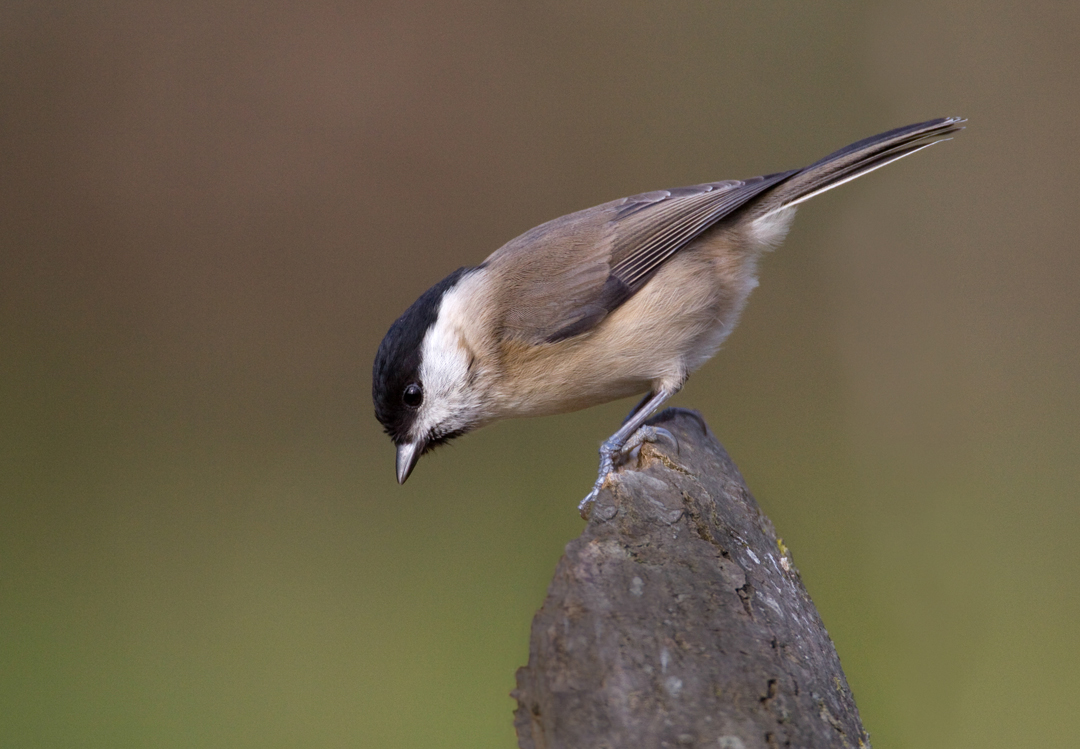BTO publishes peer-reviewed papers in a wide range of scientific journals, both independently and with our partners. If you are unable to access a scientific paper by a BTO author, please contact us.
Search settings
Trends in butterfly populations in UK gardens - new evidence from citizen science monitoring
Author: Plummer, K.E., Dadam, D., Brereton, T., Dennis, E.B., Massimino, D., Risely, K., Siriwardena, G.M. & Toms, M.P.
Published: 2023
Butterflies are among the most visible garden invertebrates, and the garden habitat has been recognised as a potential refuge for these charismatic species. However, we know very little about the changing fortunes of garden butterfly populations because gardens are not well-represented in traditional monitoring schemes. This study highlights the role that BTO Garden BirdWatch could play in identifying and reporting on annual trends in butterfly populations.
24.05.23
Papers

Temporal avoidance as a means of reducing competition between sympatric species
Author: Maziarz, M., Broughton, R.K., Beck, K.B., Robinson, R.A. & Sheldon, B.C.
Published: 2023
Human activities modify the availability of natural resources for other species, including birds, and may alter the relationships between them. The provision of supplementary food at garden feeding stations, for example, might favour some species over others and change the competitive balance between them. This paper investigates the behavioural responses to competition of the Marsh Tit, a species that is subordinate to both the Blue Tit and the Great Tit.
24.05.23
Papers

Behavioral responses to offshore windfarms during migration of a declining shorebird species revealed by GPS-telemetry
Author: Schwemmer, P., Mercker, M., Haecker, K., Kruckenberg, H., Kämpfer, S., Bocher, P., Fort, J., Jiguet, F., Franks, S., Elts, J., Marja, R., Piha, M., Rousseau, P., Pederson, R., Düttmann, H., Fartmann, T. & Garthe, S.
Published: 2023
A large tracking dataset was used to assess the behavioural responses of migrating Curlew to offshore windfarms, of which there are many in the North Sea and Baltic Sea. Most individuals showed medium-scale avoidance responses in the horizontal and vertical planes. Up to 15.8% of the individuals migrated at elevated risk without showing avoidance reactions. Collision risk and energetic constraints by circumventing the turbines are discussed.
19.05.23
Papers

Farmland practices are driving bird population decline across Europe
Author: Rigala, S., Dakos, V., Alonso, H., Auniņš, A., Benkőe, Z., Brotons, L., Chodkiewicz, T., Chylareck, P., de Carlil, E., del Moral, J.C., Domșa, C., Escandell, V., Fontaine, B., Foppen, R., Gregory, R., Harris, S., Herrando, S., Husby, M., Leronymidou C., Jiguet, J., Kennedy, J., Klvaňová, A., Kmecl, P., Kuczyński, L. , Kurlavičius, P., Kålås J.A., Lehikoinen, A., Lindström, Å, Lorrillière, R., Moshø, C., Nellis, R., Noble, D., Eskildsen, D.P., Paquet, J-Y., Pelissié, M., Pladevall, C., Portolou, D., Reif, J., Schmid, H., Seaman, B., Szabo, Z.D., Szép, T., Florenzano, G.T., Teufelbauer, N., Trautmann, S., van Turnhout, C., Vermouzek, Z., Vikstrøm, T., Voříšek, P., Weiserbs, A. & Devictor, V.
Published: 2023
Understanding how human activities influence biodiversity change at different spatial scales is one of the key questions in our attempts to tackle biodiversity loss. This study, using the most comprehensive dataset of its kind, sought to understand the drivers of population change in European birds.
15.05.23
Papers

Landscape fires disproportionally affect areas of conservation priority but only under low moisture conditions
Author: Kirkland, M., Atkinson, P.W., Pearce-Higgins, J.W., De Jong, M., Dowling, T.P.F., Grummoe, D., Critchley, M. & Ashton-Butt, A.
Published: 2023
In this study, BTO scientists mapped large fires that occurred over a 19-year period in Polesia, a region containing some of Europe’s last pristine peatlands and lowland forests in Eastern Europe. Fires are of great concern to policymakers in the region due to the economic and health costs, and a lot of resources are used to suppress fires during hot and dry years. There are potentially natural solutions to fires, however, that could also benefit birds, biodiversity and climate issues. These ‘nature-based’ solutions include restoring drained wetlands. In this study, freely-available satellite data were used to explore the prevalence of large fires and the factors causing them. This allowed researchers to explore whether restoring the landscape’s wetlands could reduce the increasing risk of large, damaging fires as the climate changes.
15.05.23
Papers
